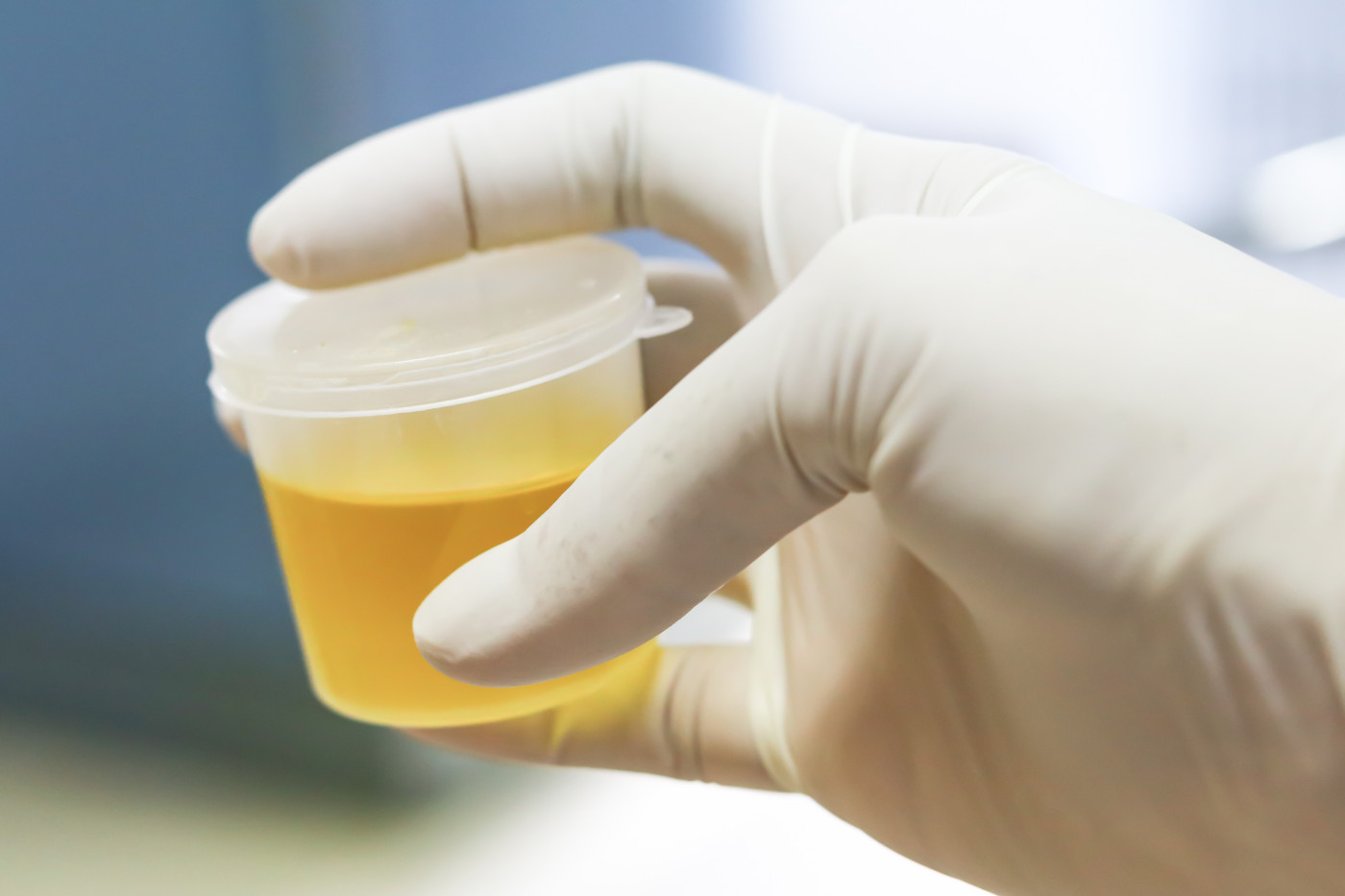High-risk Screenings for Fabry Among Chronic Kidney Disease Patients Should Use Biomarkers Other Than Gb3, Study Says
Written by |

High-risk screenings for Fabry disease among individuals with chronic kidney disease (CKD) should be based on biomarkers other than globotriaosylceramide (Gb3) to lower the frequency of false positives, a study has found.
Alternatively, according to the researchers, the normal range of urinary Gb3 values for patients with CKD without Fabry disease must be established to improve the accuracy of high-risk Fabry screenings in this population.
The study, “High-Risk Screening for Fabry Disease in a Canadian Cohort of Chronic Kidney Disease Patients,” was published in the journal Clinica Chimica Acta.
Fabry is a rare genetic disorder caused by mutations in the GLA gene — located on the X chromosome — that provides instructions for the production of an enzyme called alpha-GAL A.
These mutations typically affect the function of alpha-GAL A, leading to the accumulation of fat substances such as globotriaosylceramide (Gb3) and globotriaosylsphingosine (lyso-Gb3) in several tissues and organs.
Although Fabry is estimated to affect 1 in 117,000 people, scientists believe many more are living with the disease worldwide.
“The low prevalence reported by previous studies is probably underestimated, in part due to the highly heterogeneous clinical presentation and presence of many atypical variants. Recent newborn screening studies suggest that the incidence of Fabry disease might be as high as 1:1,600 to 1:8,” the researchers wrote.
For that reason, several specialty clinics have proposed the development and implementation of high-risk screening protocols, so that patients may be diagnosed and start receiving treatment sooner. This type of screening is particularly important for those with kidney disease, as this is one of the major manifestations of Fabry.
In this study, researchers from the Université de Sherbrooke in Canada and their collaborators reported the findings of a high-risk screening protocol carried out in patients who had chronic kidney disease of unknown origin.
A total of 397 people with chronic kidney disease were recruited from four clinical centers in Canada between 2011 and 2017 to participate in the screening.
The screening protocol required investigators to collect urine samples from participants on filter paper. Dried urine spots were then analyzed using liquid chromatography–tandem mass spectrometry to determine the levels of both Gb3 and lyso-Gb3 in the participants’ urine.
Dried urine samples were collected and analyzed from all study participants. An initial round of tests revealed that 343 of the 397 dried urine samples came back with normal Gb3 levels. The remaining 54 samples (13.6%) had abnormally high Gb3 levels, and as such, researchers requested these patients to provide an additional liquid urine sample for confirmation.
Four patients failed to provide a second liquid urine sample. However, of the 50 who did, 43 were found to have normal Gb3 levels. The seven patients (three females and four males) whose Gb3 levels were found to be abnormally high in the second round of tests had normal lyso-Gb3 levels, and were not diagnosed with Fabry disease.
“Although the collection of urine on filter paper offered many advantages for screening, no Fabry cases were detected in the present study. … A high rate of false positive results (13.6%) was obtained, which might indicate a lack of specificity in CKD patients,” the researchers wrote.
“The normal range of urinary Gb3 values for patients with CKD without having Fabry disease must be established in order to decrease the false positive rate in future Fabry disease high-risk screening studies in kidney disease cohorts. Lyso-Gb3 and analogs might also be better biomarkers for high-risk screening for Fabry disease,” they added.





